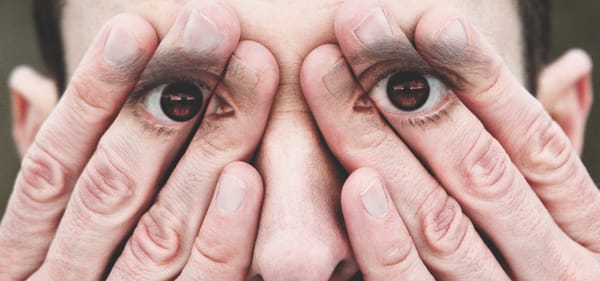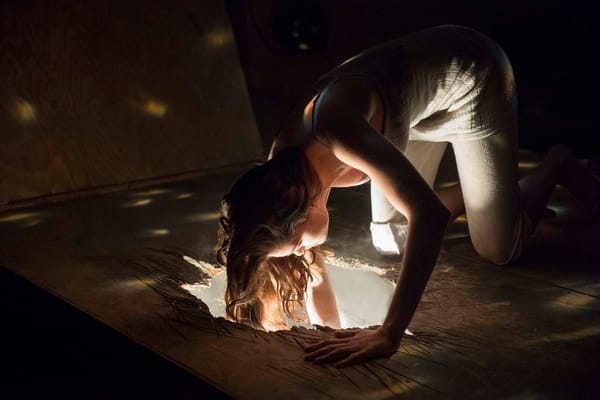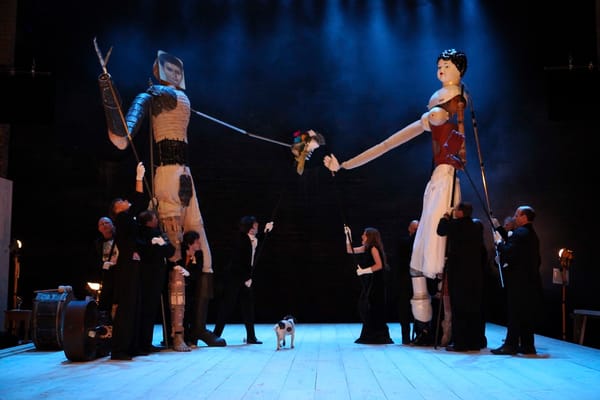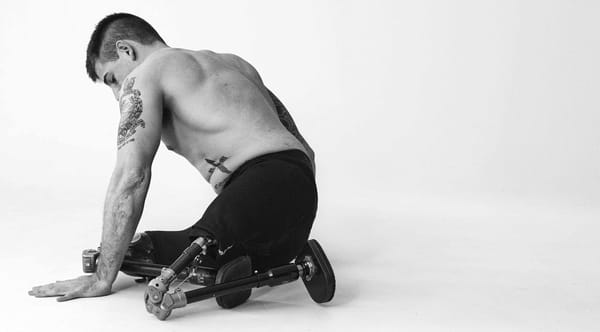A Very Different Type of Selfie...
Fred Fyles checks out photographs down at the National Portrait Gallery
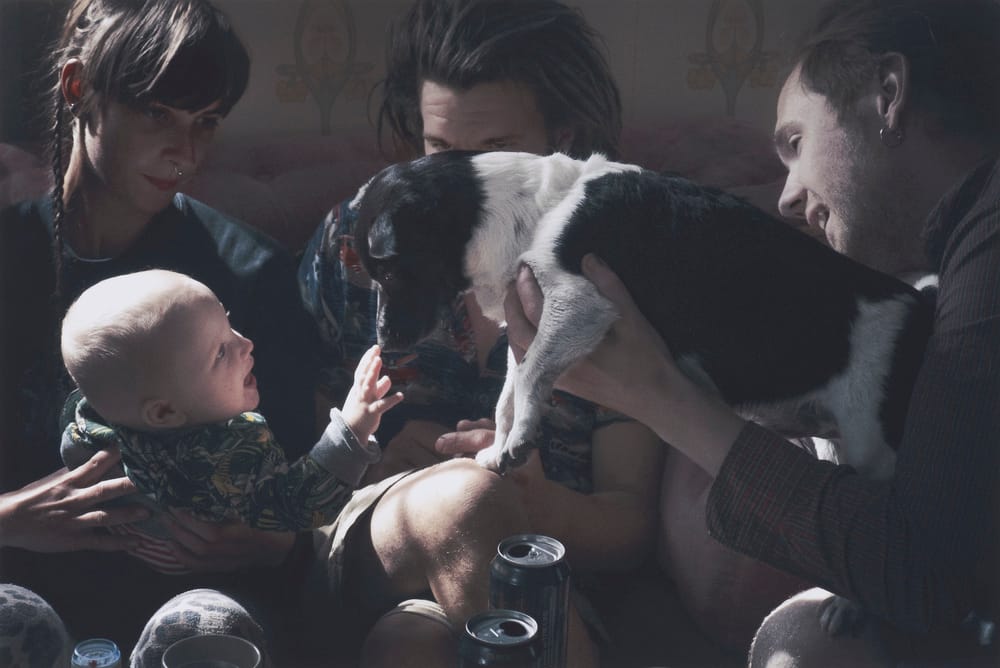
Have we reached ‘Peak Selfie’? Last year saw the word, used to describe a self-portrait cum photograph, chosen as the Oxford English Dictionary’s ‘Word of the Year’, which is unsurprising when one considers its ubiquity among social media. The Ellen DeGeneres’ selfie from the 2014 Academy Awards has the honour of being the most retweeted image in the world; Instagram has over 50 million picture with the tag #selfie; and the phenomenon even has its own theme song – #SELFIE by The Chainsmokers, a piece of somewhat dubious quality. Truly, our society is saturated with the selfie phenomenon.
However, if you need reminding that sometimes the best subjects in photography are other people, you could do worse than head down to the National Portrait Gallery, where the Taylor Wessing Photographic Portrait Prize, now in its twelfth iteration, is currently on display. Showcasing the best photo portraits taken in the last year, its 4000 entries have been whittled down to just 60, from which one has been crowned the winner.
The names on display here are varied, from well-established photographers such as Giles Price, who shows director Steve McQueen staring a hole through the lens, to completely new artists, something that is surely a direct result of the fact that all entries are judged blind. At first glance, it may seem that the themes explored are equally varied, but careful viewing reveals a number of key ideas that the photographers repeatedly come back to.
One such idea is that of identity, which should be no surprise – after all, what is a portrait if not a form of identification? Mark Read’s photographs of the Sapeurs of Brazzaville – Congolese men who dress as dandies as a form of resistance against colonialism – are superb, exploring a topic that has a real power and resonance in today’s globalised world; his sapeur is dressed to the nines, clad in an expensive-looking suit against a backdrop of the waterfront of the DRC’s capital, looking like one of the latest candidates on The Apprentice.
Elsewhere, Sara Al Obaidly’s portrait of her young Qatari cousins perfectly encapsulate the sartorial drama currently occurring in the Middle East, where old and new cultures are clashing like jungle drums; part of her series Qatar: Old Hearts, New World, the formal rigidity of her sitters’ poses is offset by the bow one of the girls wears in her hair – branded with the Chanel logo, it contrasts brilliantly with her all black ensemble. It forms a perfect companion piece to Jessica Fulford-Dobson’s work Skate Girl, which won second prize in the competition; in this series, Fulford-Dobson documented the young Afghan girls who learn to skate through the NGO Skateistan. Both challenge the Western idea of the Middle East, and question the cultural values associated with the region.
Elsewhere, the role of artifice is explored, such as in Catherine Balet’s reproduction of Diane Arbus photographs, or Hayley Benoit’s portrait Jamelia as her mum, Olivia, in which her friend dons the garbs of her mother, linking together the different generations. Her head held high, mouth creasing into a golden smile, Jamelia is completely uplifting, and Benoit’s work is one of the most optimistic in the gallery.
However, there is a dichotomy within the collection of photos; there are those that photograph their friends, or family, and those who choose famous individuals as their subjects. In general, it is the former that come out on top; with no pressure to represent a well-known figure in a certain way, these photographers have been able to pierce to the core of their subjects. A black and white portrait of a Columbian drag queen, taken by Viviana Peretti, manages to elegantly break down notions of gender and sexuality, like a cross between Irving Penn and Cindy Sherman; Marcia Michael photographs her mother undressing, creating a vision of soft flesh that transcends the normal tropes of race and sex; and Sammi Parkkinen’s portrait of his son, Arvi, wearing an oversized coat, manages to be both tender and heartbreaking.
An absolute highlight is Nicholas Sinclair’s portrait of British artist Celia Paul, at home in her studio; set next to a portrait of her sister, it is a picture within a picture, and manages to conjure up an atmosphere of extreme intimacy. The silent stillness of the picture reflects the solemnity of the artist’s studio: a magical, mysterious realm in which the painter – like a body possessed – conjures up spirits of creativity, containing them within the blank cage of a canvas. It is one of the best photos in the space, both haunting and beautiful.
On the other hand, there are pictures whose subjects are more interesting than their compositions. The aforementioned portrait of Steve McQueen is admittedly technically accomplished, but says little about McQueen as a person. Jon Cartwright’s portrait of Roger Lloyd-Pack is similarly unimaginative, resembling a headshot of any actor that one could see in their portfolio. However, the award for the most distressing interpretation of a celebrity comes from Bert Verwelius: Maria, which shows a member of Russian protest group Pussy Riot unmasked, resembles a portrait of a ballet dancer upon which an overenthusiastic Photoshop technician has trained their gaze. With a panache that would make Anna Wintour blush, Verwelius has managed to rob his subject not only of any individuality, but also her nose.
This year’s winner, David Titlow, present us with a photograph of his infant son, being shown with a dog the morning after a night-long midsummer party in Sweden. The composition is bathed within a magical light, the kind that can only be found at a certain time of day, and resembles nothing short of a classical Rembrandt. With beer cans instead of golden cups, septum piercings instead of golden chains, it is a newfound masterpiece; an adoration of the magi for our modern world.
With any exhibition that invites submissions from the general population, there will be a mix of quality; this is certainly the case at the Taylor Wessing Photographic Portrait Prize, where inspired works rub shoulders with the less imaginative. Ultimately though, the selection is very well made, encompassing a myriad of themes: identity, gender, artifice - they all get a look in at this show. And if nothing else, the surrounding spectacle of Trafalgar Square should provide a perfect backdrop for a quick selfie.
The Taylor Wessing Photographic Portrait Prize is on until 22nd February 2015, at the National Portrait Gallery. Tickets £3 adults, £2 students



